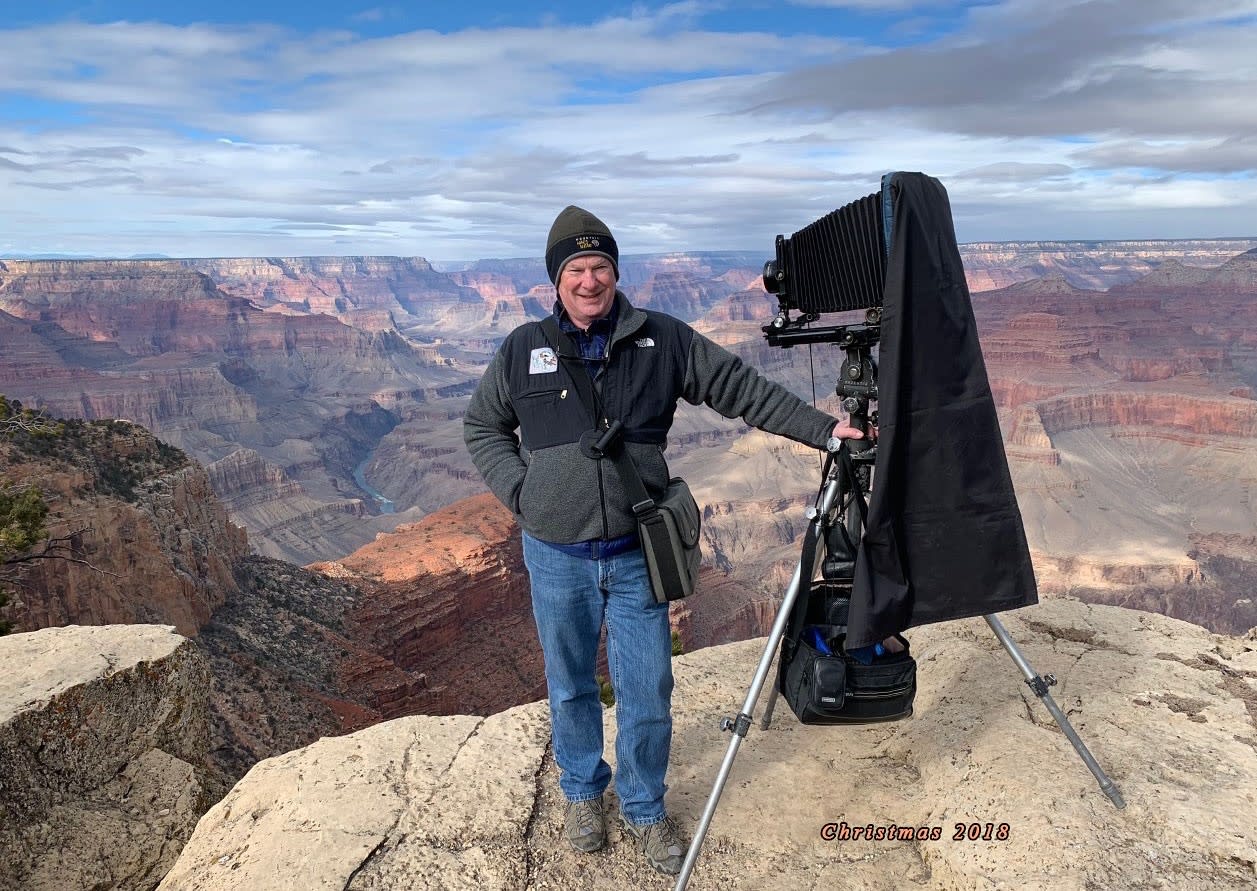
Arizona-based photographer Jody Forster was born in 1948. The son of a career Air Force pilot, he grew up in a typical military family who lived a nomadic lifestyle, moving to a new station of duty every few years. By the time he graduated from college Forster had crisscrossed the country from Alaska to Florida, southern California to New York, and had spent three years in Germany, graduating from Mannheim American High School. Traveling with his family he experienced the great beauty and diversity of numerous of landscapes, which awakened and inspired his passion for the natural world. It has been his life’s quest to explore the world with his cameras ever since.
As a young man Forster began his artistic life through drawing and painting but switched to photography in college as his preferred medium of expression. He graduated from California State University at Los Angeles in 1972 with a BA degree in photography. After graduating he attended an Ansel Adams Yosemite workshop to further his understanding of camera and darkroom techniques.
Working in the grand tradition of 19th and 20th Century American landscape photography, Forster works primarily with 8x10 view cameras. Over the past 40 years he has photographed western North America from the deserts of Mexico to the Canadian Rockies. His imagery is characterized by dramatic vistas of mountains, deserts and canyons beneath cloud-swept skies. He creates lyrical, yet powerful compositions through the use of articulated light and shadow and insightful shapes and forms that evoke the natural world’s sublime spirit.
In 1984/85 Forster journeyed to Nepal to photograph the high mountain sanctuaries of the Himalaya. Over the course of seven months he trekked over 400 miles through numerous mountain ranges working with his 8x10 camera at altitudes up to 18,000 feet.
In 1992 and 1995 he was selected by the National Science Foundation to participate in the U.S. Antarctic Artists and Writers Program. During his combined six month stay on the icy continent he traveled extensively, sailing a thousand miles along the Antarctic peninsula aboard a research ship, flying into remote science field camps and The Dry Valleys, and spending time at all three U.S. stations including the Pole.
